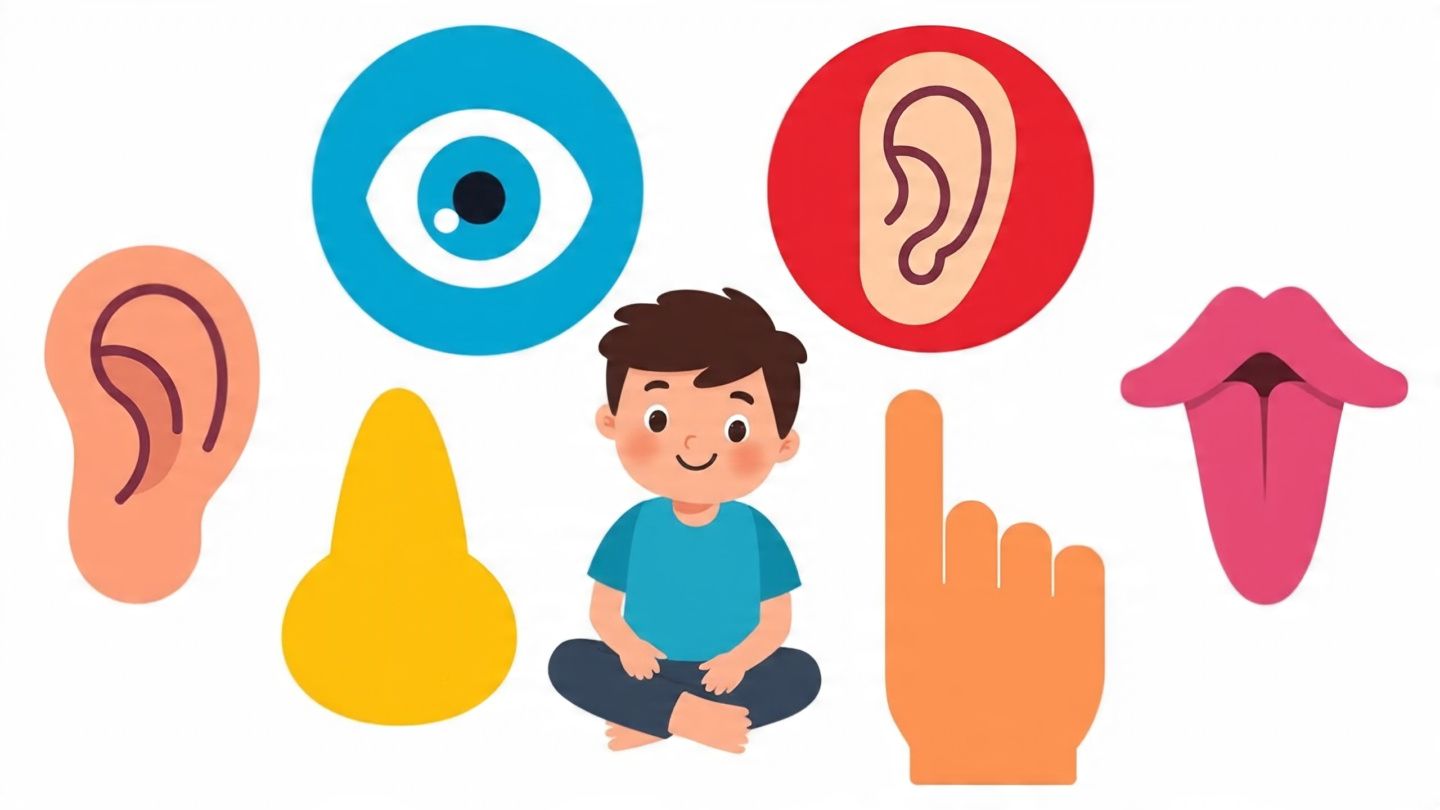If you’re a parent or teacher looking for fun and educational ways to teach English to your little one, these fill-in-the-blank exercises for kids are exactly what you need. Designed for early learners between 3 and 3–5 years, these activities help build sentence formation skills, vocabulary, and basic grammar understanding in a stress-free, play-based environment.
Let’s dive into how these exercises benefit children and give you a complete set of examples you can use today!
Why Are Fill-in-the-Blanks Exercises Important for Kids?
Language is a foundation for all learning. At the initial stage, children are beginning to associate words with meanings and understand simple sentence structures. Fill-in-the-blanks exercises for kids work as a scaffold to support these early literacy skills.
Here’s why these exercises are so effective:
🧠 Vocabulary Development
By seeing familiar and new words in context, kids begin to understand usage. For example, when presented with “The cat is ______,” they learn the word “sleeping” in a real-life scenario. This approach helps them naturally absorb new vocabulary without the pressure of memorization.
🧩 Sentence Structure Recognition
These exercises introduce the basic Subject + Verb + Object (SVO) format. They also teach punctuation and the correct use of articles like “a” and “an”. Additionally, they give children exposure to singular and plural forms, helping them make early grammatical connections.
🎯 Reading Comprehension
Even before children can read entire stories, fill-in-the-blank questions help them develop reading logic. They start to guess what should come next based on meaning. This strengthens their prediction and reasoning abilities, which are crucial for long-term reading success.
✍️ Writing Practice
If children are writing the answers, they begin to understand letter formation, spelling, and spacing between words. This hands-on practice reinforces fine motor skills and builds confidence in written expression.
These exercises offer a low-pressure but high-impact way to make English fun and functional. Best of all, they adapt easily to both classroom and home learning environments.
15 Easy Fill-in-the-Blanks Exercises for LKG Kids
Let’s now look at carefully curated, age-appropriate sentences that your child can enjoy solving either on paper or orally:
- The sun is ______. (yellow)
- I see a ______ in the sky. (bird)
- My name is ______. (child’s name)
- I like to eat ______. (mango/apple)
- This is my ______. (toy/book)
- The cat says ______. (meow)
- I have ______ eyes. (two)
- I can jump very ______. (high)
- My school bag is ______. (red/blue)
- I brush my ______ every day. (teeth)
- The ______ is barking. (dog)
- We drink ______. (milk/water)
- I love my ______. (mom/dad)
- I play with my ______. (friends)
- The flower is ______. (pink/yellow)
Tip: Use visual aids like flashcards, drawings, or objects from the home or classroom to help children identify the answers more easily. This makes learning more interactive and engaging.
How to Make Fill-in-the-Blanks Engaging for Toddlers
These exercises should be seen as play, not tests. Here are some easy ways to make fill-in-the-blanks fun and meaningful:
🖍️ Use Coloring Sheets
Write the sentence on a worksheet and allow kids to color the correct object. For example: “The sun is ___.” — show a picture of the sun they can color yellow. Not only does this reinforce learning, but it also improves focus and motor coordination.
🎲 Turn It Into a Game
Write sentences on large flashcards, and let your child “draw” a card from a pile and fill in the missing word. Use a small whiteboard or chalkboard to increase interactivity. For added fun, you can use reward stickers or cheerful sounds to encourage correct answers.
📖 Story-Based Learning
Turn each sentence into a part of a short story. Example:
- “This is Ria. Ria likes to eat ____.”
- “Ria has a red ____.” This helps children develop context understanding. In addition, storytelling taps into their imagination, which strengthens comprehension and retention.
🎤 Let Them Speak It Aloud
If your child is too young to write, let them say the answers out loud. Language learning begins with speaking! Encourage them to repeat the full sentence after filling in the blank to practice sentence fluency.
Final Thoughts: Build Language Skills with Fun and Love
Teaching your child basic English doesn’t have to involve rote learning or worksheets alone. These fill-in-the-blank exercises for Kids are simple, effective, and enjoyable ways to build essential language skills. When your child sees language as a game, they become naturally curious and enthusiastic learners.
Moreover, these exercises encourage independent thinking, listening, and creativity—all essential qualities for early learners. Whether you’re a homeschooling parent or an educator in a classroom, these tools can make a significant difference.
So go ahead—try one or two of these each day, and watch your little one grow into a confident speaker and reader!
#FillInTheBlanks #LKGEnglish #ToddlerLearning #PreschoolGrammar #KidsEducation #FunWithWords #EarlyLearning #SentenceBuilder #LKGWorksheets #EnglishForKids




Leave a Reply